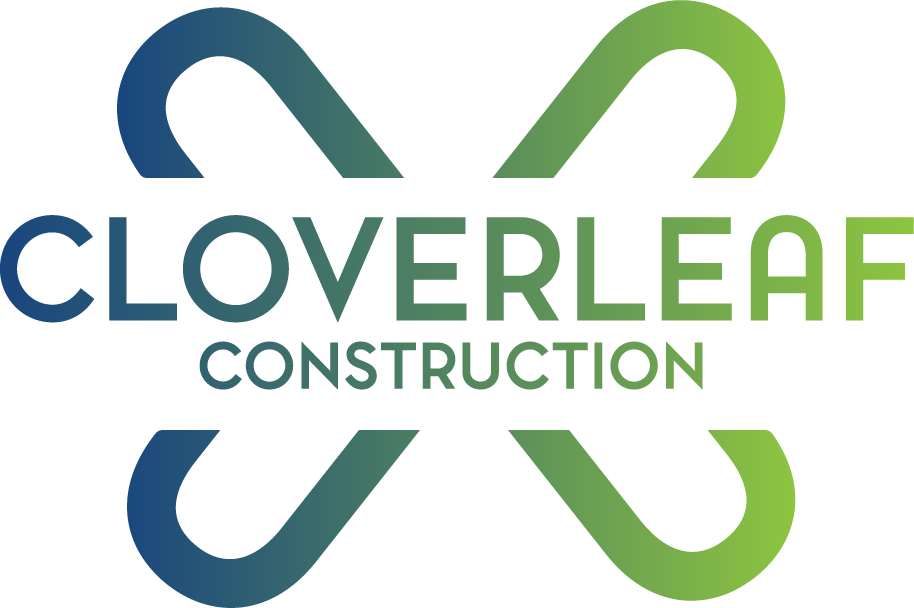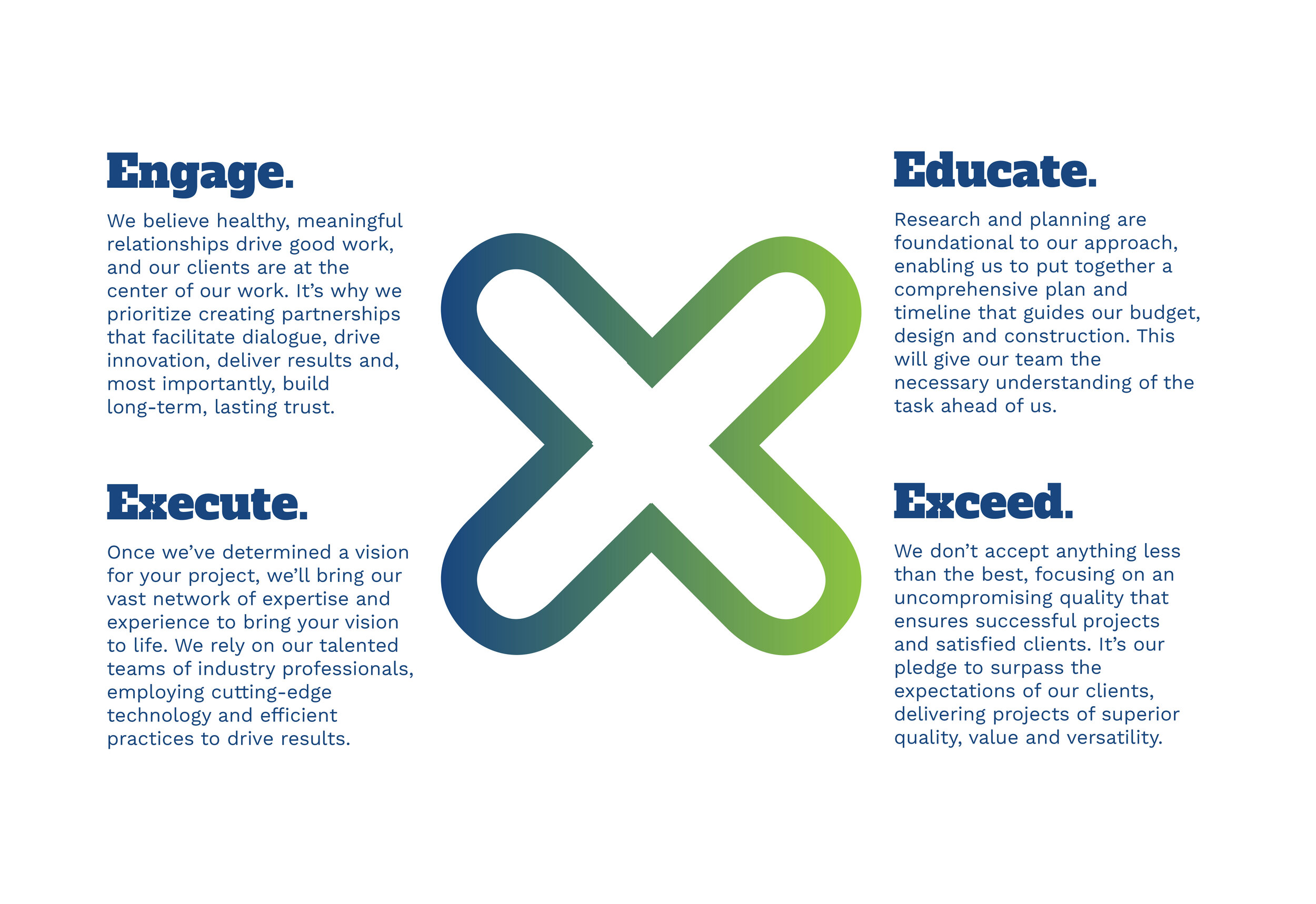
Pre-Construction Services
“From Building A Budget To Defining The Scope, Our Focus Is On Crafting A Plan That Suits The Needs Of Our Clients.”
The feasibility analysis is designed to determine the probability of a project’s success, and it’s built on the collaboration of research, discussion and the assessment of the project components. This is essential to determine the viability and direction of the project.
We have the ability to place preliminary design concepts after review and evaluation of a client’s needs. These include scalable drawings that define the basic parameters of a project. Our capability to produce two- and three-dimensional floor plan elevations aid in a client’s visualization of a project and can help determine the feasibility analysis and direction for the project.
We approach this as a multi-level process, using it as a critical guide to better understand a project's overall costs at each level of the design phase. We begin with a conceptual estimate that evolves from early stage designs and continues throughout the representations to allow a viable assessment of end costs. Final budgets are strictly adhered to so our team can deliver results, while also achieving the project’s overall financial goals.
We rely on quality bid management for prequalifying sub-trades and defining their scope packages. Insufficient subcontractors and unclear scopes can lead to shortcomings and delays, so we obtain multiple bids for all line items and then evaluate them to prevent any gaps or overlapping scopes of work.
We review the construction process from start to finish during pre-construction, which is important in identifying any obstacles to a project before it is built. Review and clarification of design documents can limit inflated trade contingencies and target areas of concern. Integration of construction knowledge during this phase can effectively balance project constraints to achieve the project’s optimal level of performance.
This is a method of review designed to improve value by increasing function or reducing cost. We review alternatives in materials, equipment, systems and processes to determine either cost savings, added value, greater life cycle and ease of ongoing maintenance. Then, we’re able to weigh each against a project’s goals to maintain the greatest relative efficiency.
Scheduling is crucial to the success of a project’s overall goal. We rely on a computer scheduling model to display the defined path for a project’s final completion. It’s able to map our phasing components, key milestones, potential scheduling flaws and opportunities to accelerate the timeline. Coordination between vendors, subcontractors, government officials and all significant parties is crucial to defining this timeline.
Construction Services
"Our Construction Experience Ranges From Site And Civil To Wood Framing, Structural Steel And Interior Assembly."
We have built relationships with inspectors and state and local building officials, as well as invested time into learning various building codes and requirements that helps us navigate the construction planning and permitting process. This can help save time during the review and approval phase, potentially allowing for an earlier construction start and completion date.
Our project managers oversee everything from the procurement of subcontractors and materials to ongoing management of contracts, budgets, schedules, submittals and requests for information (RFI). They also serve as a liaison to the owner representative and lead progress meetings to review the project's course. We utilize UDA Construction Suite to facilitate this management process.
Proper buyout of a project is key to ensuring the highest value in terms of costs and scheduling. Subcontractors and vendors must be qualified to ensure stability, capacity, resources and workload. Understanding the importance of detailed contracts, term agreements, insurance requirements and other proactive liability practices creates a vested interest for everyone.
A proper submittal review provides a check-and-balance during the construction phase. This ensures the end result matches up to the design intent reflected in the construction documents. When conflicts or omissions are discovered in a design, the RFI process is used for the notification of errors, and it is the method by which we document this communication to address these issues.
Our experienced project superintendents keep open lines of communication with all parties -- from owner, architects, and engineers to our sub-trades and suppliers -- to ensure effective quality control measures. Onsite management is central to performance, and we create quality management plans for our projects. We are dedicated to producing high quality construction projects, reducing operating costs, and providing long-term satisfaction for our clients.
Safety and risk management during construction are a top priority, and we believe the safety program should experience ongoing improvement. As such, site specific safety plans are created and maintained for each project, while recurring safety meetings are conducted by field supervisors to address specific topics of concern. First Aid, CPR and OSHA training allow for continuation of safety practices and hazard recognition.
An organized and thorough closeout program is critical to a successful project transition. Key elements include -- providing occupancy and inspection approvals; execution of punch-list items; testing of equipment and systems; training of owner operation and maintenance manuals; attic stock materials; field record drawings; securing warranty documentation; final cost accounting; and final release of lien and payment requisitions.
Project Delivery Methods
"Each Method Provides Advantages And Considerations While Every Client Has Different Needs And Expectations."
The design-build concept integrates the design and construction phases, minimizing risks for the owner and condensing the schedule. We work with a familiar group of design professionals including architects, engineers and site planners, allowing our team to better understand the characteristics of a diverse group of design professionals and expand our base of credible resources.Our in-house design capabilities can be used on smaller projects depending on use and size to create significant costs savings and truly reduce the construction timeline.
The competitive bid process can yield a lower construction estimate, providing for great value at a low cost if managed properly. However, it could make it more difficult to communicate value or quality advantages that may justify a higher price.
Construction management at-risk is a process that allows the customer to choose the construction manager before the design stage is complete. The CM is chosen based on qualifications, and then the entire operation is centralized under a single contract. The architect and CM work together in order to cultivate and assay the design. Then, the CM gives the client a guaranteed maximum price, and coordinates all subcontract work. The A/E is hired separately from the CM at-risk and the traditional client.
We also use the cost-plus approach to construction agreements. In this agreement the owner pays all costs associated with the construction process, including pre-determined general conditions, overhead and fees. This approach is commonly used when the long-term quality of a project is of high concern. The overall cost of a project using the cost-plus agreement is often less than that of a fixed-price contract. This is due to the lack of need to inflate prices to cover risk.



















